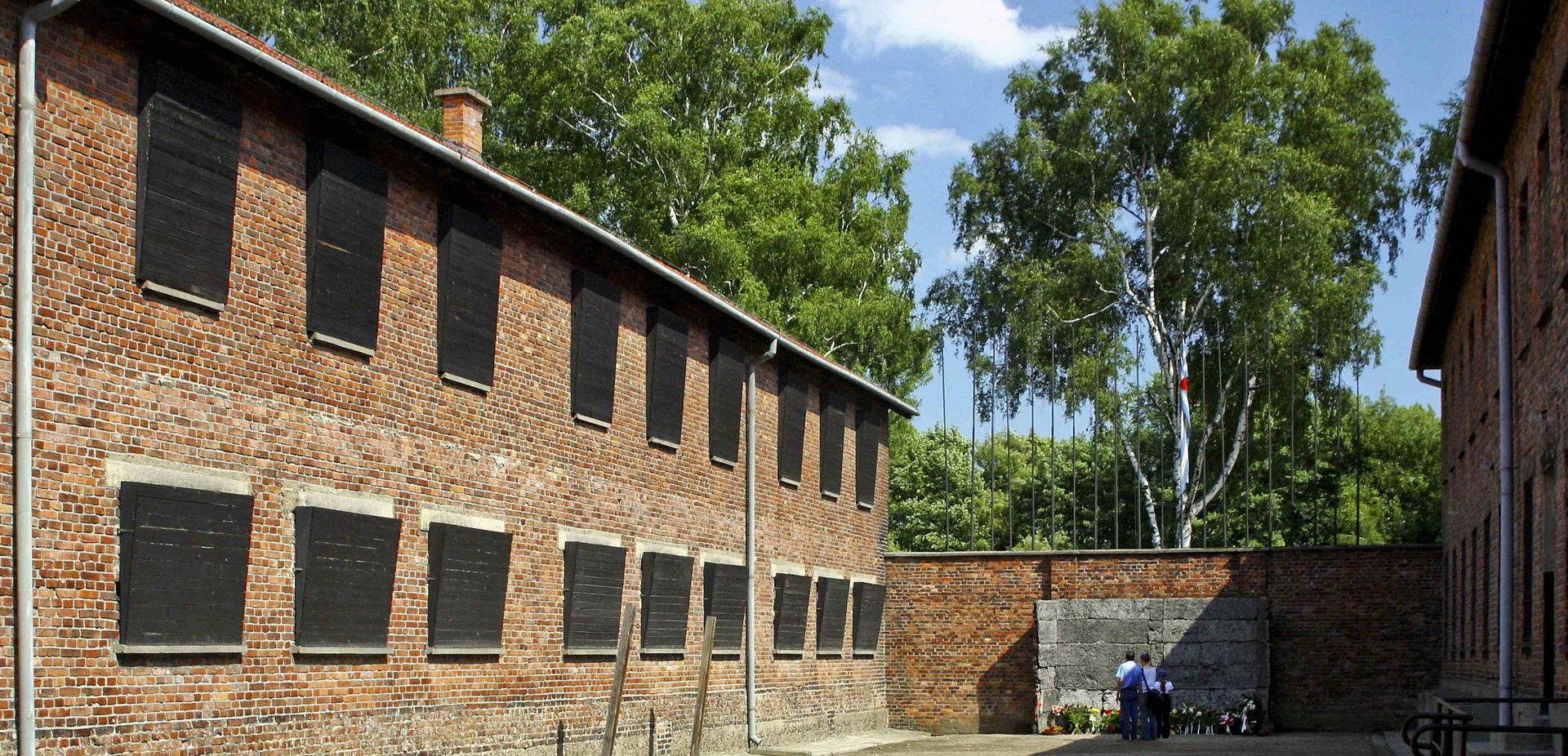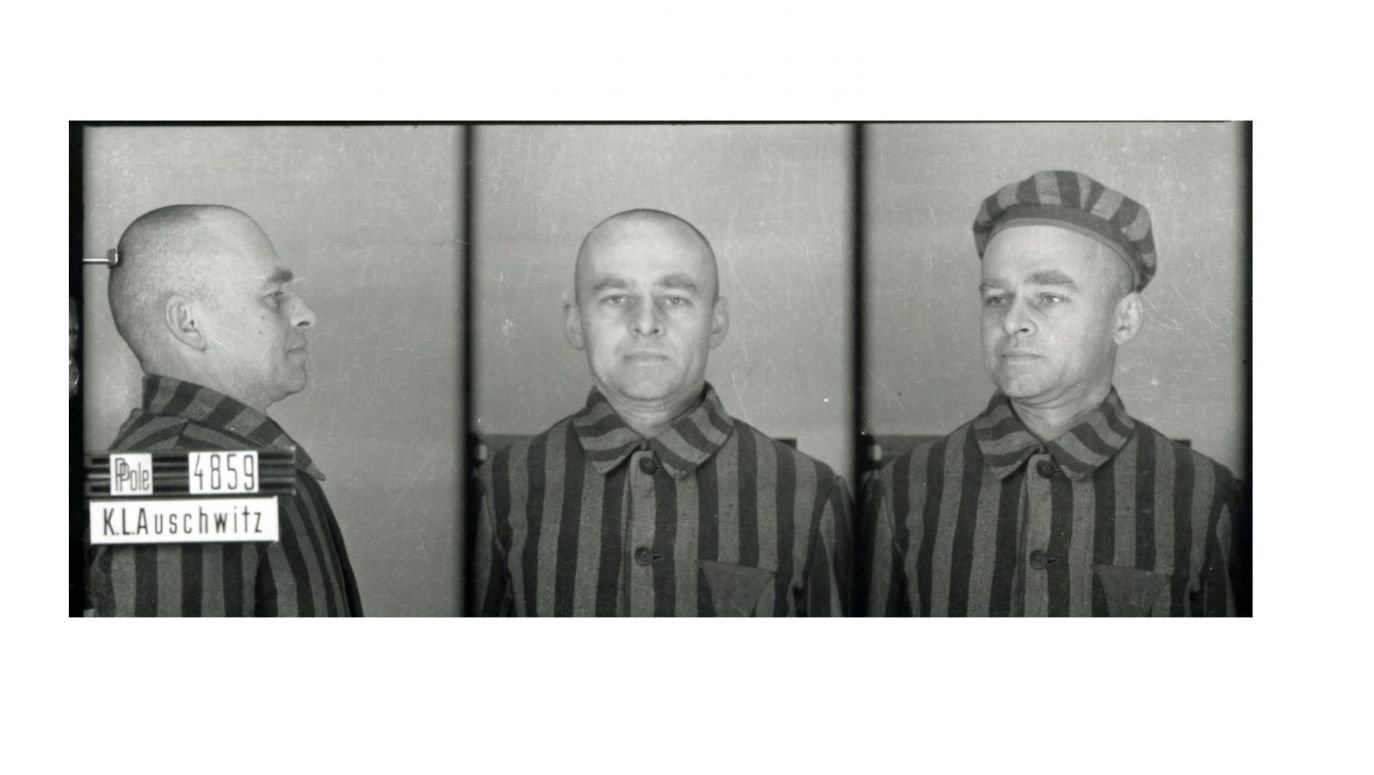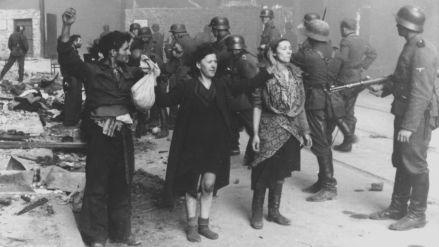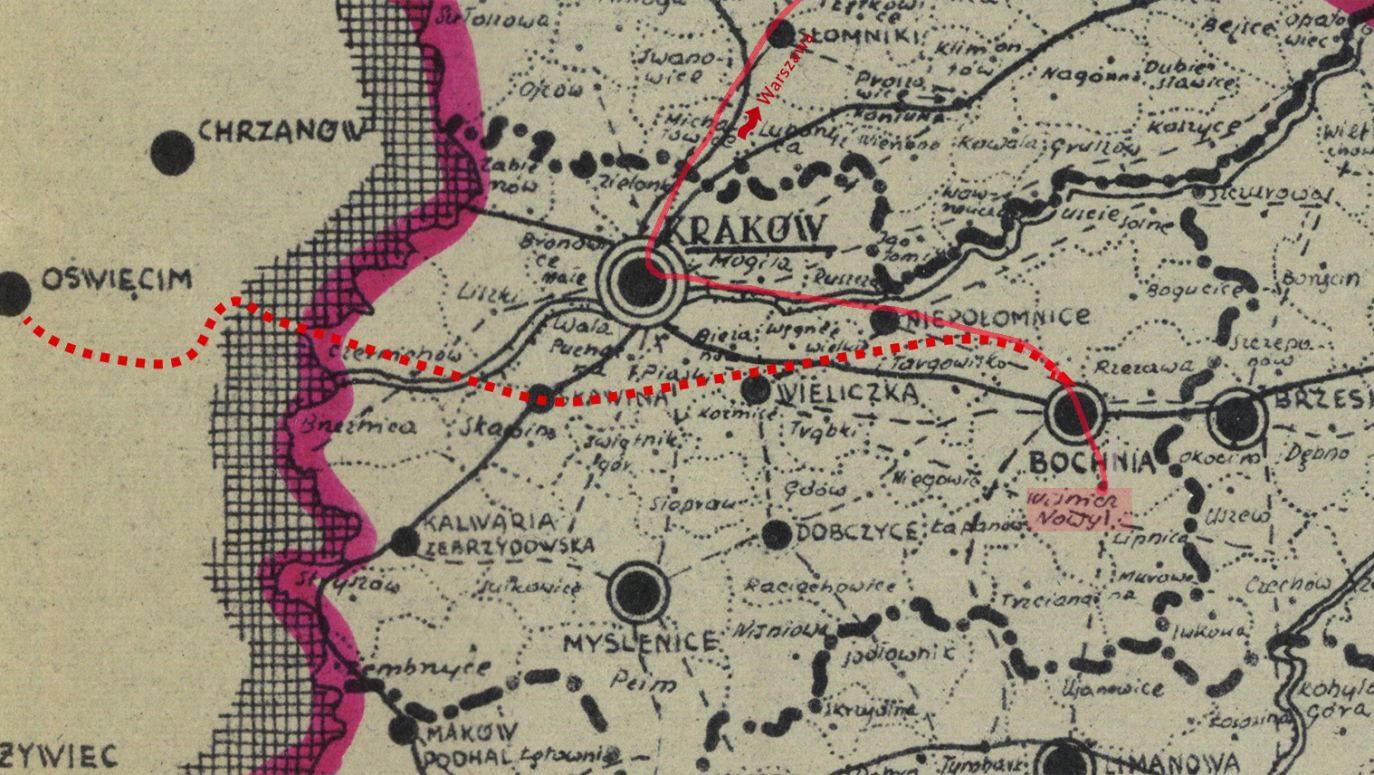Later - in Italy in 1945 - a second report was written that was more extensive but, like the first, posed a problem for historians. Pilecki used a numerical code to provide greater security for all participants in the camp conspiracy. The key to this was not written down anywhere and was only discovered during postwar research by the head of the Home Army security department, Jozef Garlinski, also an Auschwitz prisoner. An earlier report from 1943, on the other hand, was deciphered by Dr. Cyra with the help of materials seized by the Secret Police from Pilecki during his arrest in 1947.
The subsequent fate of Rotmistrz Pilecki is essentially known. It is worth mentioning, however, that during the Warsaw Uprising, probably for the first time, he arbitrarily disobeyed an order of his command when, as an important Kedyw officer charged with forming the "NIE" organisation, he joined the fight on the city streets. After the uprising, he was sent to a prisoner-of-war camp in Murnau and later, after the liberation by the Americans, joined the II Corps of General Anders.
There he received another and, as it turned out, his last assignment. He was to do intelligence work on the situation in Communist-controlled Poland. In 1947 he fell into the hands of the Secret Police and was sentenced to death after an extremely brutal investigation and torture in which his collarbones were broken and his fingernails torn off.
An interesting aspect of this story is the inaction of Jozef Cyrankiewicz, also a former participant in the Auschwitz conspiracy (he was sent to the camp in 1942) and the Prime Minister of the communist government after the war. The case is explained by Dr. Cyra. According to him, Cyrankiewicz belonged to another organisation founded by members of the Polish Socialist Party, moreover, he only associated the name "Serafiński". After the war, when he wanted to contact Tomasz Serafiński from Auschwitz, he met the real Serafiński in Krakow. So, according to Cyra, he could not know that the heroic founder of the organisation was Witold Pilecki, who was accused of treason.
Be that as it may, Pilecki's pardon was not granted. He was killed by a shot to the back of the head in prison in Mokotow on May 25, 1948. The body was not released to the family, and to this day it is not known where it was buried.
Prof. Władysław Bartoszewski, who was taken to Auschwitz in 1940 on the same transport as Pilecki, said thirty years ago: "Pilecki's wartime fate raises the reflection that in Poland (and almost in the whole world) far too little is known about this chapter in the history of Auschwitz, which began in June 1940 and lasted for more than twenty months, when there were no transports when the Birkenau site had not yet been made the place of mass extermination of Jews - men, women, and children from many countries in Europe."
–Cezary Korycki
TVP WEEKLY. Editorial team and jornalists


 SIGN UP TO OUR PAGE
SIGN UP TO OUR PAGE 







